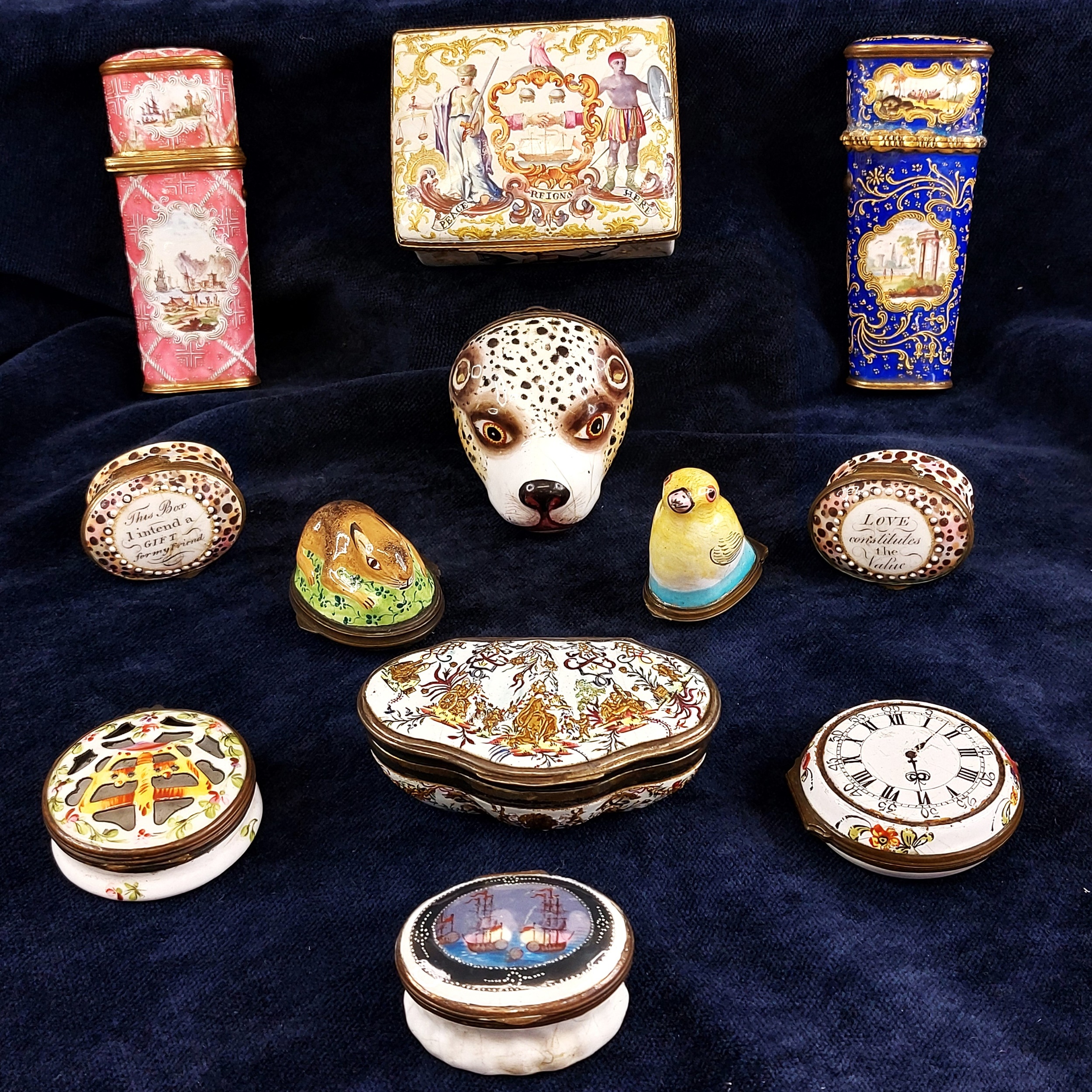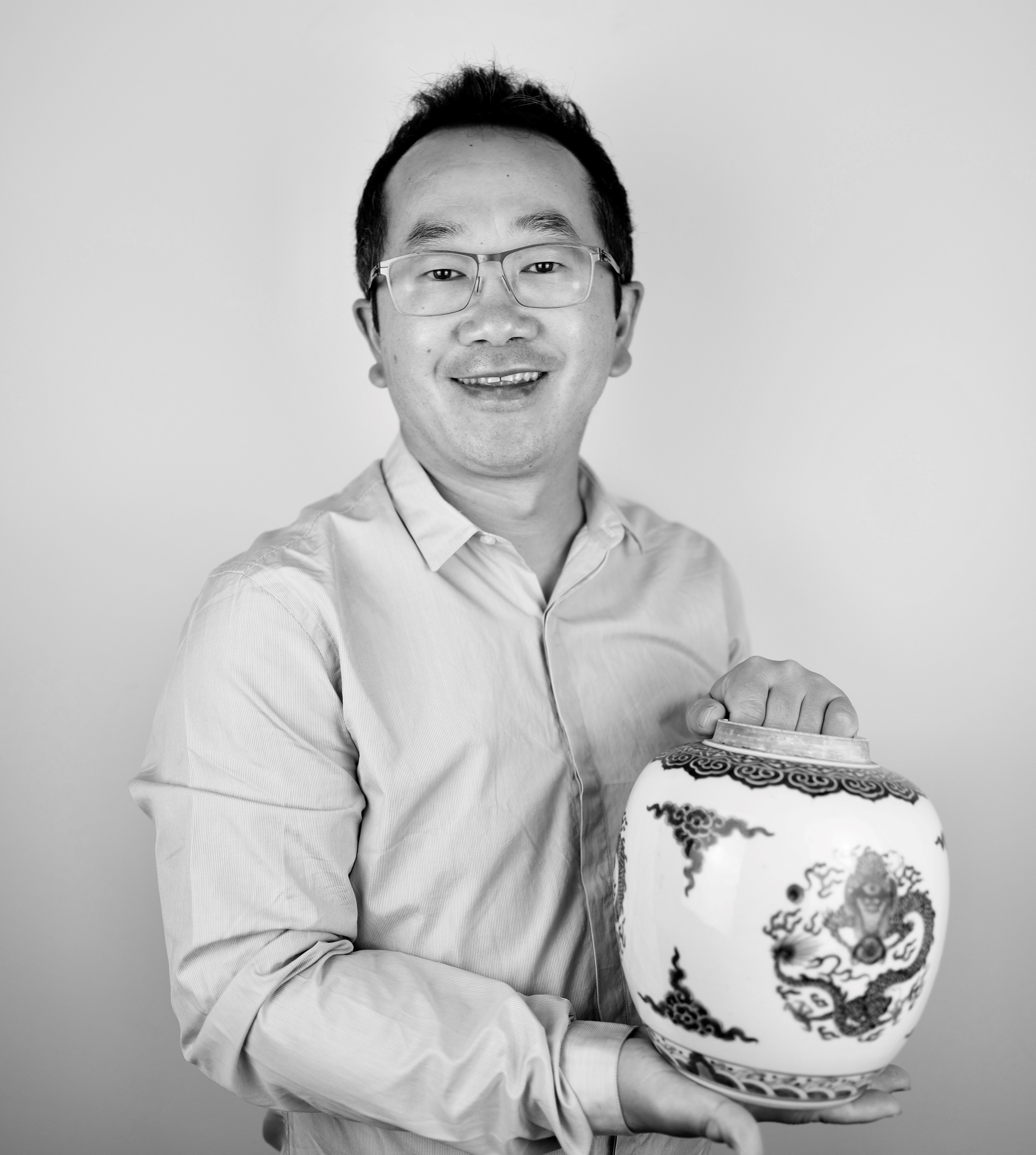Swansea Porcelain
Our 10th September Fine Art auction includes some pieces of Swansea pottery which were previously in the collection of the late Sir Leslie Joseph. Swansea porcelain is renowned for its beauty and its rarity, but it also has a rather interesting (if short-lived) history.
William Coles, an iron-founder, established a pottery on the banks of the river Tawe in 1764 which originally made tokens. Its main product was coarse redware for farm and domestic use, although creamware and lead-glazed earthenware were soon added to the repertoire. William Coles died in 1778 and the factory was inherited by his three sons, who were joined by George Haynes in around 1787. Haynes brought with him new business strategies based on the ideas of Josiah Wedgwood. The buildings were extended and renamed the Cambrian Pottery, and the porcelain became more refined. When Haynes left the pottery in 1810, MP and botanist Lewis Weston Dillwyn become the owner and went into partnership with T & J Bevington. In 1814 Dillwyn took over the Nantgarw porcelain factory and transferred it to a small factory next to the Cambrian Pottery. Swansea plate
The glory days of the pottery were 1814-1817 when they produced the renowned Swansea china or Swansea porcelain. It was during this period they were associated with William Billingsley's Nantgarw pottery.
William Billingsley, Samuel Walker, and his daughters Sarah and Lavinia set up a small china works on the bank of the Glamorgan canal at Nantgarw in 1813. Billingsley and Walker had been instrumental in the development of the porcelain recipe for Flight, Barr & Barr at Royal Worcester. They had signed an agreement not to disclose their new porcelain recipe to a third party, but there was no clause preventing them from using that recipe themselves. They were plagued by difficulties from the start including firing problems which destroyed much of their efforts. Unsurprisingly, their capital, and that of their backers, was soon gone. The government ignored their request for funding (similar to one the French government had recently given to Sevres porcelain), but they did send Lewis Weston Dillwyn from Cambrian pottery to make an inspection. Dillwyn was so impressed by the surviving porcelain that he offered the use of his pottery to the Billingsleys.
Unfortunately, the recipe continued to be wasteful and Dillwyn abandoned the project in 1817, especially after Royal Worcester attempted to sue the group for breach of contract (an early lesson in making contracts watertight!). The pottery secured further funding from Quaker entrepreneur William Weston Young (artist, wreck-raiser, botanist, and inventor of the firebrick amongst other things), but continued to run at a loss. In 1820, while Young was away on business, Billingsley and Walker absconded to Coalport leaving the pottery to its fate.
Sir Leslie Joseph was born in Swansea in 1908. He had a long business career, which saw him eventually becoming vice-chairman of the Trusthouse Forte group. He bought his first piece of Welsh porcelain before the Second World War, and soon became enchanted by it. During the 1950s he assembled a collection that would eventually fill the display cabinets of five attic rooms in his house near Porthcawl. Over the years he built up a vast knowledge of Welsh ceramics and, in particular, of the script marks used on Swansea porcelain. In 1988 he published the book Swansea Porcelain: Shapes and Decoration with A.E. Jones, which is an invaluable record of that factory's patterns and achievements.
The collection went under the hammer in 1992 after Sir Leslie's death. Over 2,000 objects were sold in some 900 lots and made in excess of £1.1 million. The success of the sale was no surprise, for this was the largest and richest collection of Swansea and Nantgarw porcelain in the world. Thirty-three of the lots were bought by the National Museum of Wales and can be seen in the Joseph Gallery, named in his memory, in National Museum in Cardiff. The other pieces were mostly bought privately and occasionally make their way back into auction, such as our lot.





